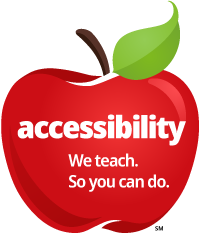Managing Accessibility:
ADA Compliant? Maybe that's not the right law.
Lately, I’ve spotted the term “ADA-compliant” being used all over the place. On websites. In contracts. Even in seminars held by accessibility experts.
The ADA (Americans with Disabilities Act) isn't the only law that protects the civil rights of those with disabilities. Different situations have different laws, regulations, or standards. No one law rules the others, and nothing is “under” the ADA except the ADA itself.
Here’s a brief review of these civil rights laws to help you determine what's required for your project. Links are included so you can easily reference them in your contracts.
Spoiler alert: If you’re talking about accessible digital media, the correct law is Section 508 of the Rehabilitation Act. It covers word processing, slideshows, spreadsheets, PDFs, EPUBs, websites, social media, audio/video clips, and anything else that’s a digital file
1. ADA: Access to physical facilities
The Americans with Disabilities Act is probably the most widely-recognized disabilities law. It mandates that facilities be accessible to everyone.
But last week, when I reviewed an agency’s contract to provide “ADA-compliant files,” I wrote back to our client:
“Wait, I thought this project was to provide accessible Word and PDF files, not accessible buildings. Did we get the correct contract and paperwork?”
Our client, like many people, mistakenly assumed that anything about accessibility was part of the ADA. A quick review got that cleared up and they revised the contract’s language so we could proceed.
Without the correct reference to the right accessibility law, a contractor can’t know which standards to meet. We could have provided any kind of file, accessible or not, and it likely would have fulfilled the incorrect contract.
What the ADA covers
Quoted from https://www.access-board.gov/ada:
Accessibility standards issued under the Americans with Disabilities Act (ADA) apply to:
- places of public accommodation,
- commercial facilities, and
- state and local government facilities in new construction, alterations, and additions.
The ADA Standards are based on minimum guidelines set by the Access Board.
The Department of Justice (DOJ) and the Department of Transportation (DOT) issue the ADA Standards. DOJ’s ADA Standards apply to all facilities except public transportation facilities, which are subject to DOT’s ADA Standards. The Access Board is responsible for providing technical assistance and training on these Standards.
2. Section 508: Accessible digital content.
Section 508 (of the Rehabilitation Act) is what our client intended to write into the contract. It defines what types of digital media (also called ICT, information communications technology) are covered by the law and which standards are to be used.
What the ICT Accessibility 508 Standards cover
Quoted from https://www.access-board.gov/ict/
The Section 508 Standards, which are part of the Federal Acquisition Regulation, ensure access for people with physical, sensory, or cognitive disabilities.
Section 508 requires access to ICT developed, procured, maintained, or used by federal agencies. Examples include computers, telecommunications equipment, multifunction office machines such as copiers that also operate as printers, software, websites, information kiosks and transaction machines, and electronic documents. [All types of file formats for electronic documents. —Ed.]
Standards for accessible ICT
Section 508 specifies which types of content must be accessible, and which standards to use for different types of content.
But Section 508 does not specify how to make a file accessible. Instead, the law includes by reference several appropriate standards based on the file type.
The referenced standards are:
- WCAG — 702.10.1
- PDF/UA — 504.2.2 PDF Export and 702.3.1 ISO 14289-1
- Others — 702 Incorporation by Reference
EPUBs: the current EPUB 3 standard wasn’t completed at the time Section 508 was updated in 2017, so it is absent from the regulation. However, we recommend using EPUB 3 for all EPUB digital files. It is based on WCAG and creates an accessible EPUB file. https://www.w3.org/publishing/epub3/epub-overview.html
3. Section 255: Accessible digital equipment
Quoted from https://www.access-board.gov/ict/
Section 255 of the Communications Act covers telecommunications equipment and customer-premises equipment — such as telephones, cell phones, routers, set-top boxes, and computers with modems, interconnected Voice over Internet Protocol products (VOIP), and software integral to the operation of telecommunications function of such equipment.
4. ABA: Accessible Buildings and Facilities
The Architectural Barriers Act was the world’s first regulation for accessibility and became the model for future regulations.
What the ABA covers
Quoted from https://www.access-board.gov/aba/
Standards issued under the Architectural Barriers Act (ABA) apply to facilities designed, built, altered, or leased with federal funds. Passed in 1968, the ABA is one of the first laws to address access to the built environment.
The law applies to federal buildings, including post offices, social security offices, federal courthouses and prisons, and national parks. It also covers non-federal facilities, such as public housing units and mass transit systems, built or altered with federal grants or loans.
5. Accessibility in Education
The Department of Education oversees several laws and regulations to help children with disabilities have equal access to education.
What the various education laws and regulations cover
Quoted from https://www2.ed.gov/policy/landing.jhtml
The federal role in education is limited. Because of the Tenth Amendment, most education policy is decided at the state and local levels. So, if you have a question about a policy or issue, you may want to check with the relevant organization in your state or school district.
- ESEA: Elementary and Secondary Education Act
- IDEA: Individuals with Disabilities Education Act
- Civil rights under Title II of the ADA
6. Accessibility briefing for managers
Throughout the year, we hold a short but in-depth high-level briefing to guide managers on building accessibility into their organization’s workflow. It covers:
- Build accessibility within the agency: staffing, training, workflow, legal requirements,
- Manage accessibility in contracts and grants to outside vendors and recipients,
- Set up quality assurance checking of ITC created by in-house staff and outside contractors.
Check our online calendar for the next webinar.
PubCom's accessibility training
PubCom has a full array of courses on accessibility topics, as well as traditional desktop publishing, digital media, and website development. We started offering accessibility training to the federal government in 2001 right after Section 508 went into effect.
Sign up for our upcoming classes or we can bring a custom curriculum to your agency that can train your writers, editors, desktop publishers, and webmasters.
We’re committed to making documents accessible for the nearly 35% of our fellow citizens who have disabilities that make it difficult for them to use computer technologies.
 We teach how to make your documents accessible.
We teach how to make your documents accessible.
We teach how to fish!
Learn to fish. Save money. Time. Hassle.
Our services help you maximize your technology, streamline your workflow, and seamlessly build accessibility into your digital publications. Our mission is to train and coach you so well that you no longer need us or outside remediation services.
By teaching you how to fish — and make accessible PDFs right out of the box — we hope to work ourselves out of our jobs!
PubCom has a full suite of courses on accessibility topics, as well as traditional desktop publishing, digital media, and website development. We started offering accessibility training to the federal government in 2001 right after Section 508 and WCAG 1.0 went into effect in the US. That was 23+ years ago and we haven't stopped yet!
The takeaway: we know publishing, from editorial to design to distribution (print and digital) — and we're accessibility experts (Bevi Chagnon is a delegate to the ISO committee for PDF accessibility that creates the PDF/UA standard). We share our knowledge and help you learn to fish. Our little fisherman keeps us on our goal.

 Drop us a line and let us know how we can help.
Drop us a line and let us know how we can help.


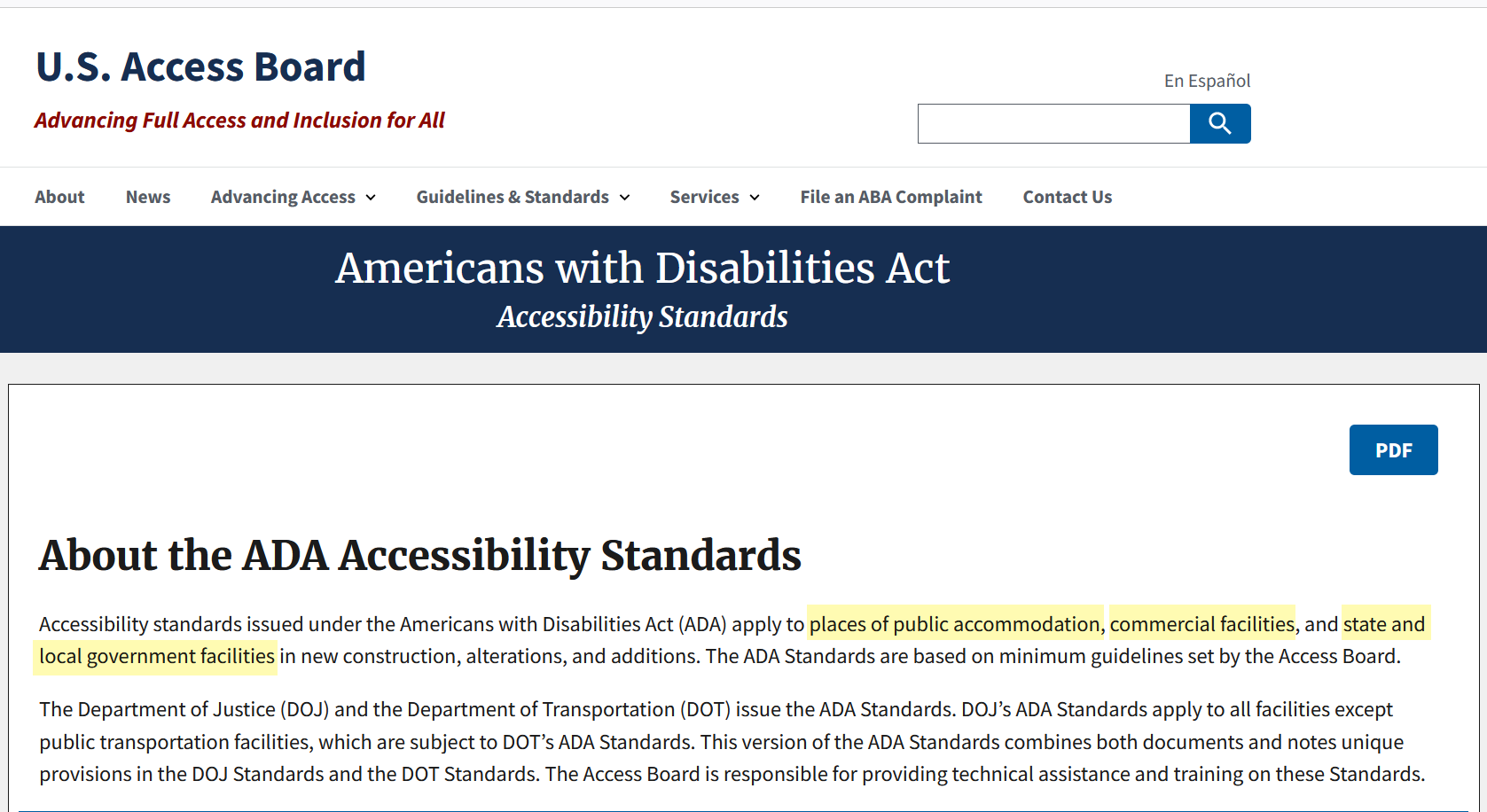
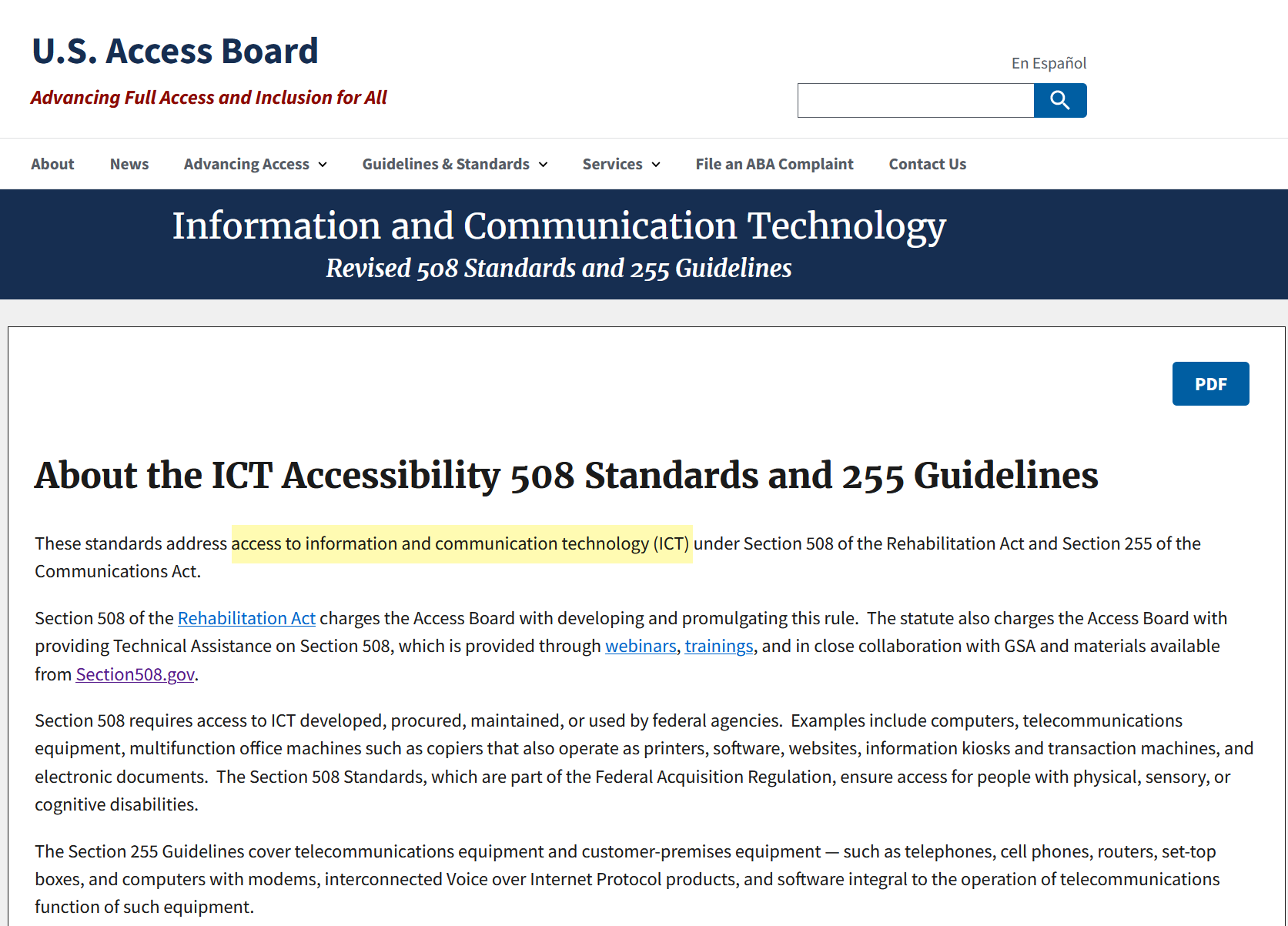
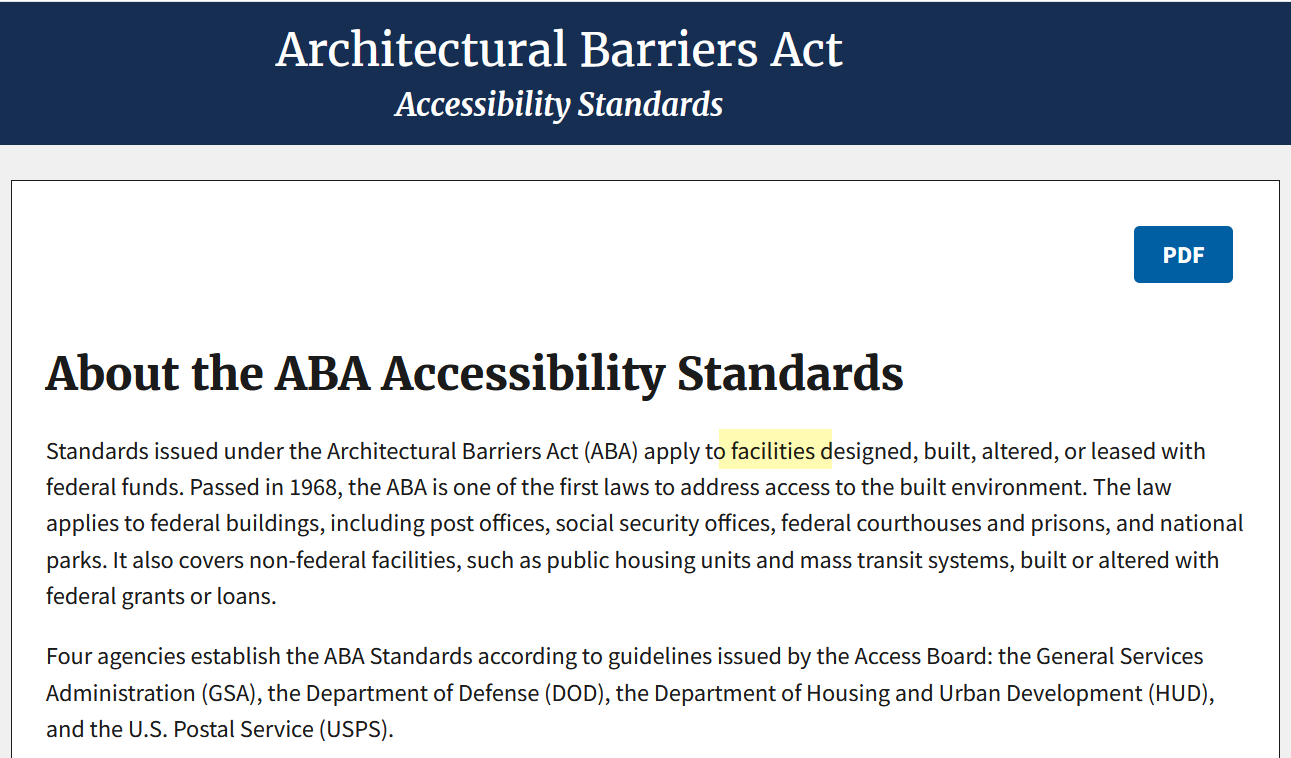
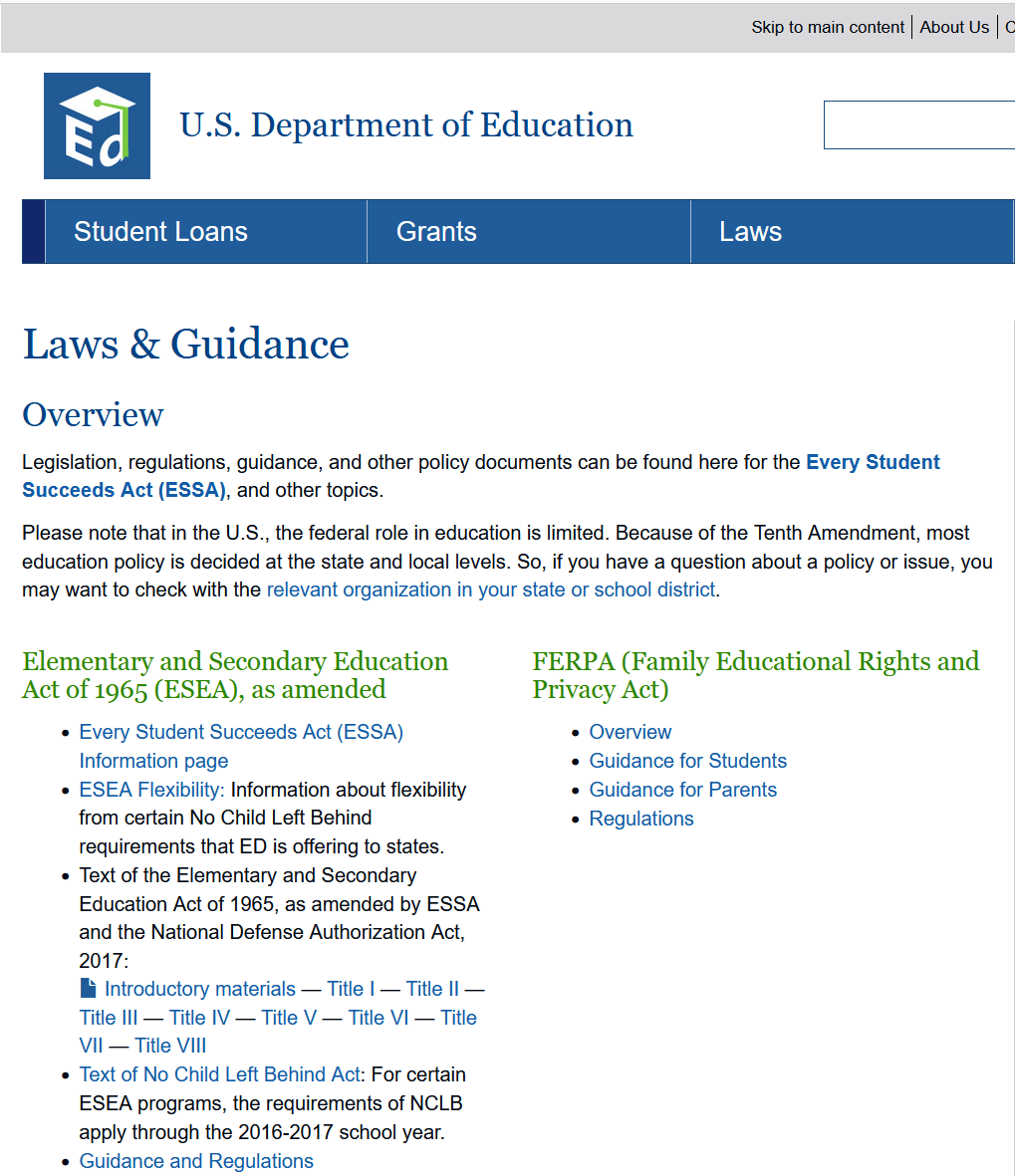

 What's on this page
What's on this page